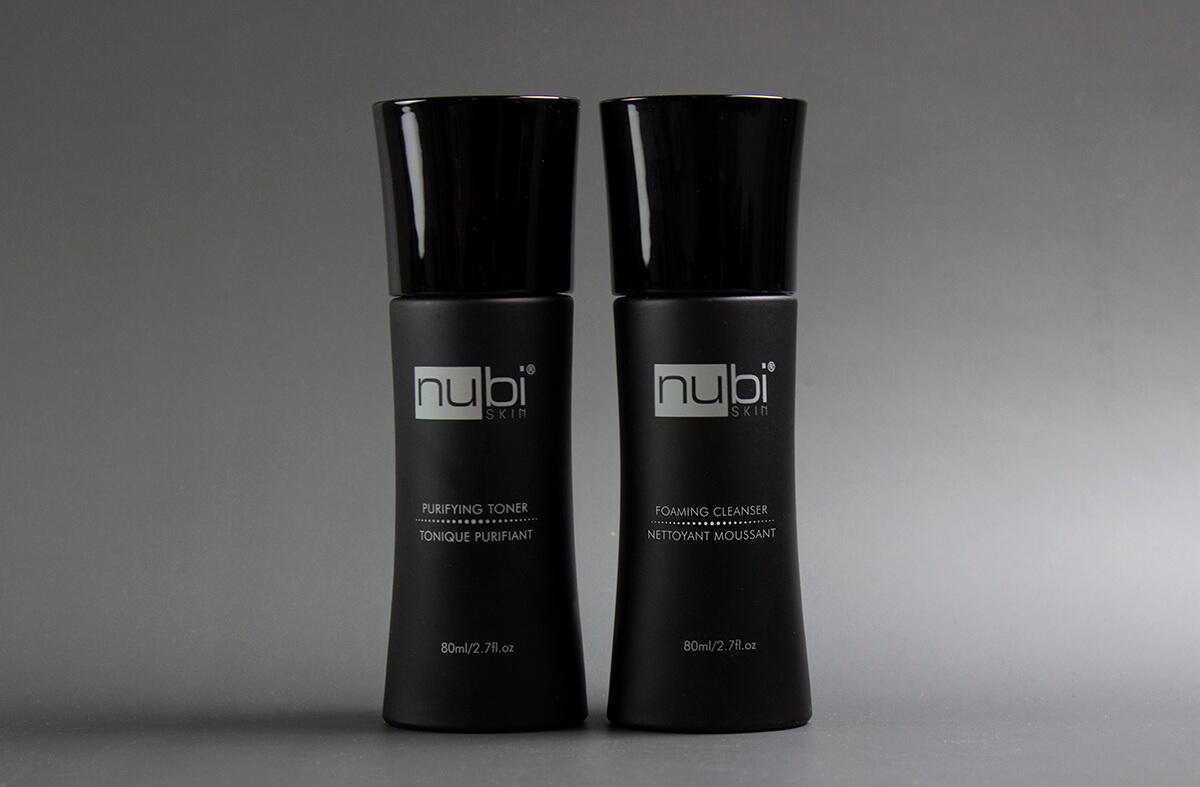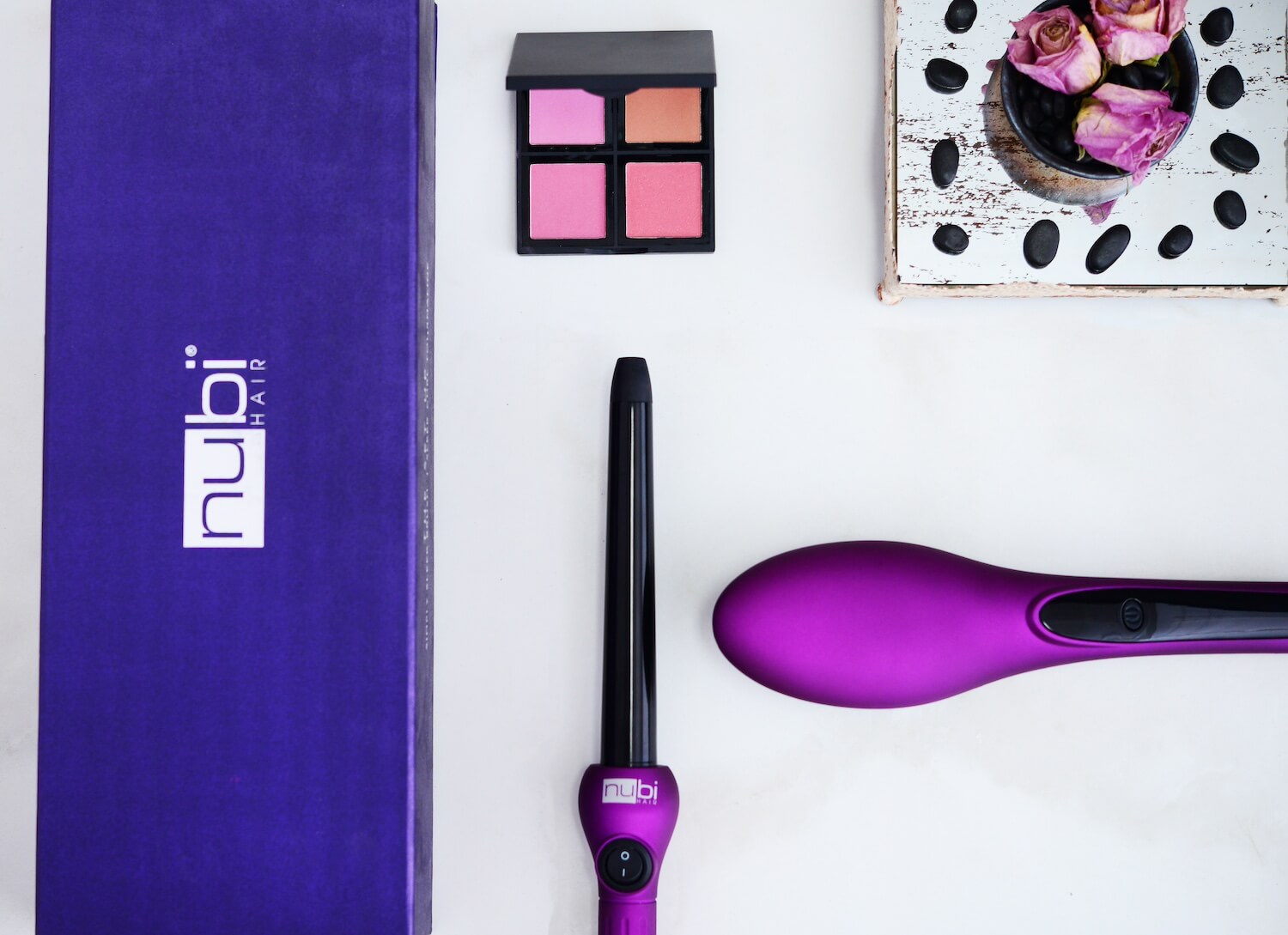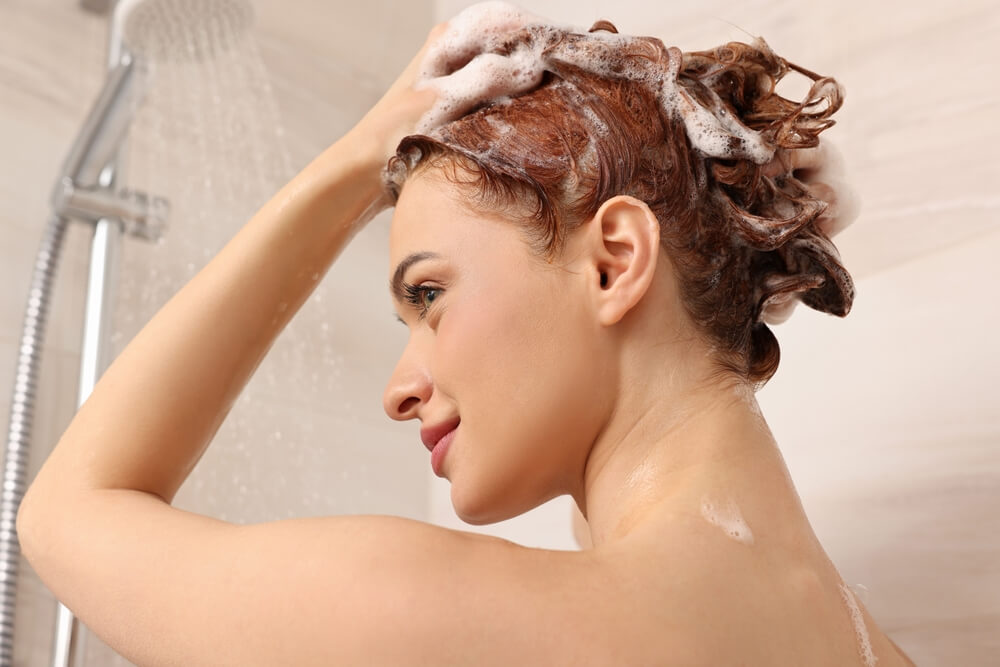Hair Care
Is Your Shampoo Doing More Harm Than Good? Here’s How to Tell
Regularly shampooing your hair to keep it clean is a key part of hair care. However, in the same way that some skincare products contain ingredients that can actually damage the skin, certain shampoos are formulated in a way that actually ends up doing more harm than good for the hair and scalp. How can you tell if this is the case for your shampoo? Keep reading as Nubi explains.
What Makes a Shampoo Harmful?
As with all cosmetic products, not all ingredients are good! This applies to shampoos too, which is why it’s important to know what’s what when scanning through the ingredient list on a bottle of shampoo. Here are a few of the most common ingredients that can make a shampoo potentially harmful:
Harsh Cleansing Agents
Every shampoo needs to contain cleansing agents, aka surfactants. These are the compounds that actually clean your hair and scalp. Without them, a shampoo wouldn’t be of any use.
With that said, some cleansing agents can be overly harsh. Sulfates are the biggest culprit. Often listed on an ingredient list as SLS or SLES, these surfactants are infamous for stripping the hair and scalp of natural oil. This can lead to dryness, irritation, and brittle strands.
Short-Chain Alcohols
Alcohol is a common ingredient in cosmetic products. It serves a few purposes, from helping with preservation to improving absorption.
While that may be the case, not all alcohols are good. Fatty alcohols, like stearyl alcohol, are great for boosting moisture retention and conditioning the hair. However, short-chain alcohols, like isopropyl alcohol, have the opposite effect. They dry out the hair and scalp, causing brittleness and irritation.
Silicones
Silicones are often added to hair care products because they leave the hair feeling wonderfully soft. The way in which they provide instant benefits in terms of adding shine and reducing frizz makes them pretty popular in the hair care world.
However, silicones aren’t water-soluble, which means that they’re prone to buildup. Over time, they can leave the hair looking limp and greasy, while also inhibiting the absorption of other hair care ingredients. The only way to get rid of this buildup is by using a clarifying shampoo.
Although silicones aren’t as harmful as some of the other ingredients on this list, it’s worth finding a silicone-free shampoo for your locks.
Parabens

Parabens have earned a bad rep in the cosmetics world. These controversial ingredients are used as preservatives in both skincare and hair care products.
Although parabens do a great job of stifling the growth of bacteria, fungi, and other unwanted microorganisms, some research shows a potential link to breast cancer. This is believed to be due to how parabens are xenoestrogens, meaning that they can mimic the effects of the estrogen hormone in the body.
Although more research is needed to confirm this connection, many choose to avoid products containing parabens…just in case! There are so many other preservatives out there that don’t have the same potential health implications, and with more and more hair care brands ditching their use of parabens, finding a paraben-free shampoo is now easier than ever.
Synthetic Fragrances
Love shampoos that smell good? Sometimes, that alluring, salon-worthy scent is provided by natural ingredients, like essential oils. They not only impart a floral or herbal scent, but also add some extra antioxidants.
Some shampoos, however, are scented with synthetic fragrances. These usually consist of a mixture of hundreds of different chemicals, all listed generically as a single fragrance. Many of these chemicals are known irritants or potential toxins, yet you’ll never actually know exactly which ones have been included in the shampoo you’re using. This can lead to scalp irritation, especially if you have sensitive skin. Long term exposure to these chemicals can also weaken your skin barrier, which then leads to a whole host of different problems.
How to Tell If Your Shampoo is Harming Your Hair
Have you spotted any of the above ingredients in the shampoo that you’re currently using? Here are some signs that indicate that your shampoo has been harming your hair:
- Hair that feels dry, rough, and brittle, even after it has been conditioned
- Extra frizz and flyaways
- More tangles and knots
- Increased split ends and breakages
- Hair color that fades sooner than it should
- An itchy or irritated scalp
- Excessive greasiness due to clogged hair follicles
- Dandruff or a flaky scalp
If you can relate to any of the above, then this could mean that it’s time for a new shampoo…
How to Pick the Perfect Shampoo
So, how do you go about picking the perfect shampoo?
Start by understanding your hair type. The curlier and drier your hair is, the gentler your shampoo will need to be. Curly hair already has a difficult time with moisture retention – using an overly aggressive shampoo on your curls will quickly lead to the problems we’ve discussed.
Your scalp type is important too. If you have an oily scalp, your shampoo will need to contain ingredients that are capable of cutting through that excess grease, like salicylic acid. Meanwhile, if you have a dry or sensitive scalp, you’ll need gentle ingredients that boost moisture.
Always pay attention to the ingredient list when choosing a new shampoo. Remember that the first 5-10 ingredients on there are the ones that have been used in the highest concentration, so this is what you should focus on first.
However, most shampoos also contain other key ingredients that don’t need to be used in such a high concentration. From caffeine to biotin to argan oil, these beneficial compounds only need to be used in small amounts to be effective. Even if you spot them near the end of an ingredient list, the fact that they’re there in the first place will tell you a lot about how that shampoo will work and which hair/scalp type it’s suitable for.
What About Clarifying Shampoos?

In addition to finding the perfect shampoo to use on a regular basis, you may also want to consider purchasing a clarifying shampoo. These products basically provide a deep clean. They’re more powerful than a regular shampoo, which is why they shouldn’t be used as often. Overusing a clarifying shampoo will quickly do your hair more harm than good!
However, if you regularly use different hair care and styling products, using a clarifying shampoo every couple of weeks can help to keep buildup at bay. This will keep your hair and scalp feeling healthier in the long run.
What About Dry Shampoos?
A dry shampoo isn’t technically a shampoo because it doesn’t actually clean the hair or scalp. Instead, these products are formulated with starch-based ingredients that absorb oil. By applying a dry shampoo to a greasy scalp, your hair will feel fresher and less weighed down. You’ll be able to give your roots a lift and go another day without properly shampooing your hair.
With that said, a dry shampoo shouldn’t be consistently relied on. Using one too often can lead to product buildup. It’s also not a substitute for properly shampooing your hair, and regularly leaving it too long in between washes because you’re using dry shampoo instead could cause your scalp to develop bacterial problems.
Knowing How Often to Shampoo Your Hair
Of course, it’s not just your shampoo itself that could be harming your hair – the frequency at which you shampoo your locks is also influential. Many people follow a strict hair-washing schedule, but this could actually be damaging their hair.
How? It all comes down to over-washing, which is becoming an increasingly common problem. Each time you wash your hair and remove those natural oils, your scalp needs time to produce more. Once your scalp releases those oils, they then travel down your strands. Those oils help to condition and moisturize your hair/scalp – they’re a crucial part of maintaining a healthy mane.
However, if you wash your hair too often, those oils won’t have enough time to make their way from your roots to the ends of your hair before they’re shampooed away once again. Even if you use a super-gentle shampoo, washing your hair too often will soon lead to dull, brittle, and damaged strands.
Unfortunately, knowing exactly how often to shampoo your hair can be tricky. Everyone’s hair/scalp is different, so there’s no set amount. Instead, try to wait until your hair actually needs to be shampooed. Wash it once it starts to look like it needs to be washed, rather than sticking to a rigid schedule. Be aware of the symptoms of over-washing too, so that you can quickly adapt and adjust your hair care routine if needed.
Always Follow Up With a Conditioner
As essential as shampooing your hair may be, the fact that it usually leaves the hair temporarily more vulnerable to damage due to a lack of natural oils isn’t ideal. This is why following up with a conditioner is always recommended.
Conditioners work to restore the moisture that has been removed by a shampoo. They’re also slightly acidic, which helps to close hair cuticles so that the hair looks smoother and shinier. Even once you rinse your conditioner off, a thin coating is left behind on the hair. This acts as a protective barrier that keeps the hair a little safer from environmental damage.
Summary
If your hair is looking glossy, healthy, and flawless, then there’s a good chance that you don’t need to worry about the shampoo you’re currently using! However, if your hair doesn’t look or feel quite right, despite your best efforts, your shampoo could be to blame. Make the switch to a formula that’s better suited to your hair’s needs, and you should start to see some improvements in no time.
Click here to check out Nubi’s bestselling hair products.



